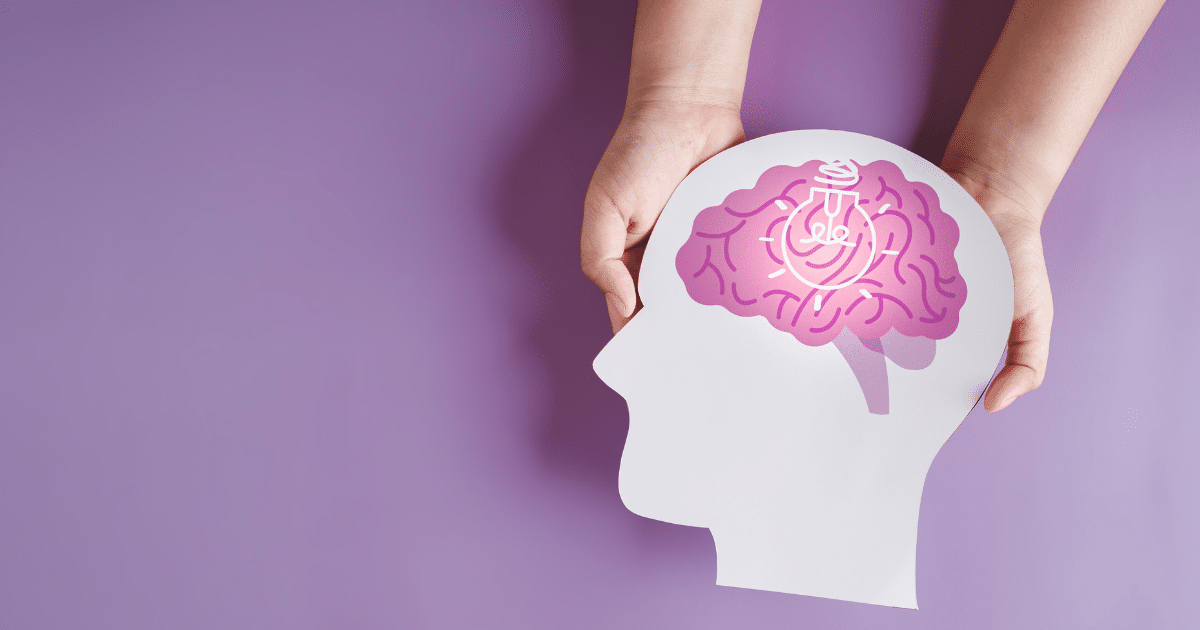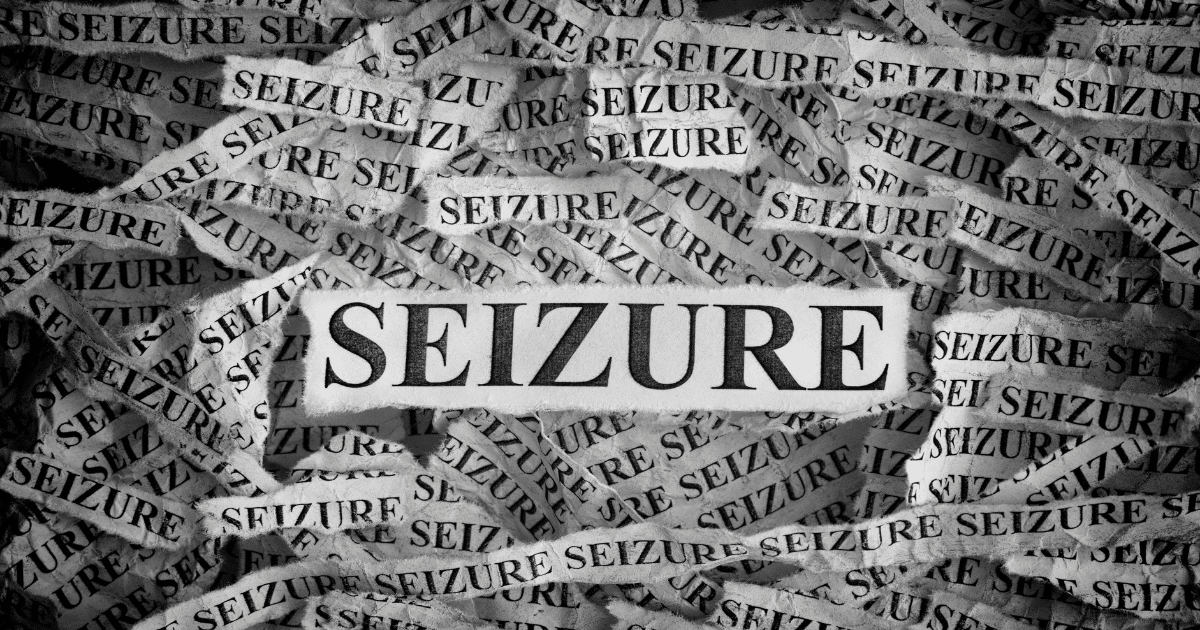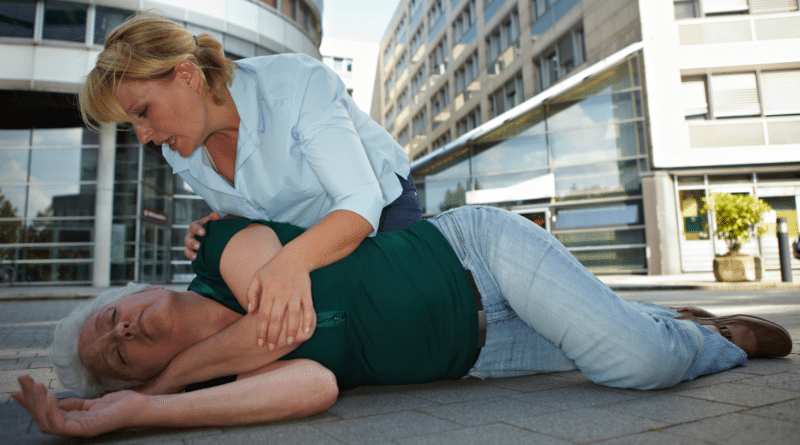Plastic Bite Stick: An Essential Tool for Seizure Victims
Witnessing a seizure can be an overwhelming experience, not just for the person enduring it but also for those around trying to lend a hand. Navigating these moments with both safety and compassion is essential, which is where a bite stick comes into play.
No, I’m not talking about a bite stick commonly associated with dogs. This particular bite stick is an essential tool used to help protect seizure victims as well as those around them who are trying to provide aid.
Now, I know the feeling all too well — the sense of helplessness that washes over you as someone goes through such a challenging time, wishing deeply that there was more I could do to assist.
If you’ve ever witnessed such an episode, it’s something that will last with you for a long time and weigh on you as you feel completely helpless.
In my quest for understanding, I stumbled upon an enlightening piece of information: the widespread use of bite sticks and their supposed benefits during seizures. This revelation sparked further curiosity in me, leading me to explore how seizures impact individuals and what genuinely helpful measures look like.

In this article, we’ll dive deeper into how a bite stick may be useful to have in your med bag or med kit to help someone who is having a seizure.
Related Article: Anti-Choking Device: Solutions For Life-Threatening Situations
Disclaimer: This article is for informational purposes only and is not meant to treat or diagnose any condition. It is recommended that you get proper training on how to use a bite stick and how to help someone who is suffering from a seizure. I’m not a medical doctor, and this is not medical advice.
Key Takeaways
- A bite stick prevents tongue biting and choking during a seizure by keeping the airway open.
- It is easy to use in emergencies, reducing the risk of further injury or complications for the person experiencing a seizure.
- Medical professionals and first responders recommend having a bite stick on hand because it’s vital for ensuring safety and proper care during seizures.
Table of contents

Understanding Seizures
Before we get into bite sticks and their use, let’s first talk a little bit about what seizures are to understand the root cause behind needing something like a bite stick.
Seizures are sudden bursts of electrical activity in the brain, leading to temporary changes in movement, behavior, or consciousness. They can be caused by various factors such as epilepsy, head injuries, infections, or stroke.
Symptoms of seizures may include convulsions, staring spells, confusion, and loss of consciousness.
What is a seizure?
Seizures are like sudden storms in the brain. They occur when there’s a burst of electrical activity that disrupts normal communication between brain cells. Imagine your brain sending out lightning-fast messages, but suddenly, those messages get jumbled or blocked.
That’s exactly what happens during a seizure.
Then, there’s a whole new set of issues that take place when another type of seizure is triggered — epileptic seizures.
Epileptic seizures take this chaos a step further (as if having a seizure wasn’t already scary enough). These seizures stem from abnormal electrical discharges in the neurons, causing an overload of synchronicity and hyperexcitability. This isn’t just a random glitch; it’s like the brain’s wires are crossing in ways they’re not supposed to, leading to uncontrolled bursts of energy.
Causes of seizures
Seizures often come from brain injuries like trauma, strokes, infections, or tumors. These events disrupt the normal electrical activity in the brain, leading to seizures. Conditions such as high fevers, alcohol withdrawal, drug withdrawal, or low blood sugar can also trigger provoked seizures.
As someone who wants to be as prepared as possible and care for others in need, I keep this information ready and available because you never know when you’ll need it in an emergency situation and need to identify the medical emergency that’s unfolding.

Understanding these causes helps me prepare better. Having tools like a plastic bite block in my first-aid kit is crucial. It’s not just about having supplies; it’s also knowing why they might be needed.
This knowledge drives me to stay informed and equipped for care during unpredictable times. Keeping contact options open and ensuring my oral care items are accessible is part of being responsible for those around me who might experience a seizure. It’s no different than carrying an NPA in my kit.
Symptoms of seizures
Seizures can make a person’s arms and legs jerk uncontrollably. This often leads to loss of consciousness. Some folks also experience fear, anxiety, or even deja vu during these episodes.
In severe cases, repetitive jerking and stiffening happen along with a total loss of control. These moments can cause serious injury.
One common risk during a seizure is biting the tongue due to muscle spasms. I’ve heard stories and seen videos/images about how this can result in significant harm and why preventing it is crucial.
That’s where tools like a bite stick come into play — they help keep the airway open and protect the tongue from injury.
The Benefits of Using a Bite Stick for Seizure Victims

Using a bite stick prevents biting or choking on the tongue during seizures. It also relaxes jaw muscles, preventing damage to teeth and allowing for safe medication administration.
It should also go without saying that if you come across someone who is having a seizure, be sure that you or someone else around you calls 9-1-1.
Below are some of the common benefits of using a bite stick for seizure victims:
1. Place in the mouth to prevent biting or choking on the tongue
Seizures can cause biting or choking on the tongue, but using a bite stick helps prevent this. It’s a semi-rigid plastic block that depresses the tongue, providing an airway and reducing the risk of injury.
Bite sticks are recommended by medical professionals and first responders for managing seizures, especially in emergency situations. Professionals on an ambulance carry bite sticks to handle such emergencies.
Placing a bite stick in the mouth is crucial to preventing injury during seizures. The stick ensures that patients don’t accidentally harm themselves while experiencing a seizure, reducing trauma or complications.
2. Relaxes jaw muscles and prevents damage to teeth
A bite stick relaxes jaw muscles during seizures, preventing damage to teeth. This tool is crucial for protecting the oral health of seizure patients and reducing the risk of dental injuries during seizures.
Additionally, it prevents the caregiver from accidentally being bit. You have to remember that when someone is having a seizure, they don’t have any control over their body, and if your fingers or hand is around their mouth, it could get inadvertently bit.
3. Allows for safe administration of medication
Bite sticks enable safe administration of medication during seizures, supporting the patient’s airway and depressing the tongue. Understanding epilepsy and basic seizure facts equips caregivers like EMTs and paramedics to respond effectively, ensuring safe medication delivery.
Safety precautions for seizure management are vital both at home and in medical settings, emphasizing proper administration of medication as a crucial aspect.
Seizure first aid training offered by organizations like the Epilepsy Foundation educates individuals on administering medication safely during seizures, underlining the importance of preparedness.
4. Helps prevent injury to the person experiencing a seizure
A bite stick is vital for minimizing injury during a seizure, ensuring that the person’s tongue is not bitten, which could lead to further complications. It provides a secure airway passage and helps prevent any harm to the individual.
Staying calm and taking swift action during a seizure is crucial, as it reduces the risk of injury and ensures safety until medical assistance arrives or the seizure ends naturally.
How to Properly Use a Bite Stick for Seizure Management
To help prevent injury to the patient and others, insert the bite stick into the patient’s mouth during a seizure. Remove the stick carefully once the seizure has passed.
Here’s the process on how to properly use a bite stick to manage a seizure (again, get some training on how to do this by taking a medical class):
1. Placing the bite stick in the patient’s mouth
To place the bite stick in the patient’s mouth, gently open their jaw. With swift but careful movements, slide the bite stick between their back teeth on one side and let them close their mouth.
This action will prevent the patient from biting down on their tongue during a seizure. The lightweight and semi-rigid plastic design of the bite stick provides ample space for air to pass through, ensuring that they can breathe safely during this critical time.
After use, it is advisable to dispose of the bite stick properly (do not reuse it on someone else).
2. Proper removal of the bite stick
Carefully remove the bite stick from the patient’s mouth after the seizure has ended. Gently and slowly take out the bite stick to prevent injury to the person. Always ensure that the patient is stable before removal of the bite stick.
It’s important for you to gently and slowly remove the bite stick from a seizure patient’s mouth, aiming to prevent any harm once they are stable post-seizure.
3. Additional tips for using a bite stick during a seizure
During a seizure, gently insert the bite stick sideways into the person’s mouth. Then, turn it so that it’s positioned between the back teeth. Avoid pushing it too far back to prevent triggering their gag reflex.
If possible, try not to force open their jaws; instead, wait for them to relax before inserting the stick.
Ensure proper positioning of the bite stick by placing it on one side of the mouth and avoiding contact with their tongue or gums. This helps in preventing injury and ensures that they can breathe freely throughout the episode.
Importance of Having a Bite Stick
Having a bite stick is crucial in emergency situations, reducing the risk of further trauma or complications. It’s highly recommended by medical professionals and first responders for its quick and easy use.
1. Quick and easy to use in emergency situations
In emergency situations, bite sticks are quick and easy to place in the mouth of a seizure patient to prevent tongue biting and airway obstruction. Using bite sticks reduces the risk of further trauma or complications for seizure patients and is recommended by medical professionals and first responders.
Moreover, you can easily purchase them online from reputable retailers like Amazon, making it simple to have this essential tool on hand when needed.
Bite sticks are an indispensable tool that allows for the safe administration of medication during a seizure, ultimately preventing injury while ensuring proper care for the patient.
2. Reduces risk of further trauma or airway complications
Using a bite stick reduces the risk of additional injury or complications during a seizure. It helps prevent tongue biting, minimizing the likelihood of aspiration and trauma to healthcare providers.
This can significantly reduce physical problems such as fractures and bruising caused by seizures, ensuring better outcomes for those experiencing seizures.
3. Recommended by medical professionals and first responders
Medical experts and first responders advise having a bite stick in your First-Aid kit or emergency supplies. They recommend it to prevent seizures from causing further harm, such as choking or jaw damage.
It’s an essential tool that can be used quickly and effectively during an emergency, reducing the risk of additional trauma or complications for seizure patients.
Having a Plastic Bite Stick is a Great Addition to Your Med Kit
To wrap this article up, the bite stick is an essential tool for managing seizures. It helps prevent injury to seizure patients by safely keeping their airways open and protecting their teeth.
This lightweight and easy-to-use device is recommended by medical professionals for its effectiveness in emergency situations. Understanding how to use a bite stick properly could make a significant difference in providing proper care during a seizure.
If you want to learn more about tools like a bite stick and get hands-on medical training, check out Iron Forge Consulting Group. I’ve taken their emergency tac medical class, and it was fantastic.
As a side note to close out this article, if you want to support our website and are in need of any tactical gear (or any product for that matter), anything you purchase using our links below will provide us with a small commission. We don’t charge for our free content and our goal is to keep it that way. We don’t have a Patreon account to put things behind a paywall, nor do we sell pics of our feet on OnlyFans. If you choose to use the links below and make a purchase (at no additional cost to you), we greatly appreciate your support as it helps us continue to publish free content (like this article) on our website:
- Optics Planet (use code SAS5 at checkout for 5% off)
- Amazon
And if you have a product you would like us to check out and potentially review, please contact us and let’s discuss.
FAQs
A bite stick is a tool that helps keep seizure patients safe by preventing them from biting their tongue or cheek.
Yes, you can easily find and buy a bite stick in the United States through medical stores or online shops.
You can order a bite stick by adding it to your cart on an online store’s website and then proceed to checkout. You might also order one through the mail if the store offers that service.
Yes, using a bite stick correctly can help protect someone during a seizure, but make sure you know how to use it properly to avoid injury.
Resources
https://www.epilepsy.com/connect/forum-archive/community-issues-and-chat/seizure-bite-sticks-amazon
https://www.epilepsy.com/what-is-epilepsy/understanding-seizures
https://www.ncbi.nlm.nih.gov/pmc/articles/PMC7305811/
https://my.clevelandclinic.org/health/diseases/22789-seizure
https://www.mayoclinic.org/diseases-conditions/seizure/symptoms-causes/syc-20365711
https://epilepsysociety.org.uk/about-epilepsy/epileptic-seizures/seizure-types
https://www.healthdirect.gov.au/seizures
https://www.mayoclinic.org/diseases-conditions/epilepsy/symptoms-causes/syc-20350093
https://www.healthdirect.gov.au/seizures
https://www.ncbi.nlm.nih.gov/pmc/articles/PMC6642995/
https://www.healthline.com/health/seizures
https://www.healthline.com/health/swallowing-tongue
https://www.epilepsy.com/recognition/first-aid-resources
https://www.ncbi.nlm.nih.gov/pmc/articles/PMC10067989/
https://www.ncbi.nlm.nih.gov/pmc/articles/PMC9376666/
https://www.ncbi.nlm.nih.gov/books/NBK536958/
https://www.ncbi.nlm.nih.gov/pmc/articles/PMC5039477/
https://www.epilepsy.com/what-is-epilepsy/statistics
https://www.alabamapublichealth.gov/ems/assets/10th.edition.protocols.pdf
https://www.cdc.gov/epilepsy/about/first-aid.htm
https://www.ncbi.nlm.nih.gov/books/NBK343305/
https://www.ncbi.nlm.nih.gov/pmc/articles/PMC7719500/


*Disclosure: This article may contain affiliate links or ads, which means we earn a small commission at no extra cost to you if you make a purchase through these links. These commissions help support the operation and maintenance of our website, allowing us to continue producing free valuable content. Your support is genuinely appreciated, whether you choose to use our links or not. Thank you for being a part of our community and enjoying our content.
PLEASE CONSIDER SHARING THIS ON YOUR SOCIAL MEDIA TO HELP OTHERS LEARN MORE ABOUT THIS TOPIC. SIMPLY CLICK BELOW!

